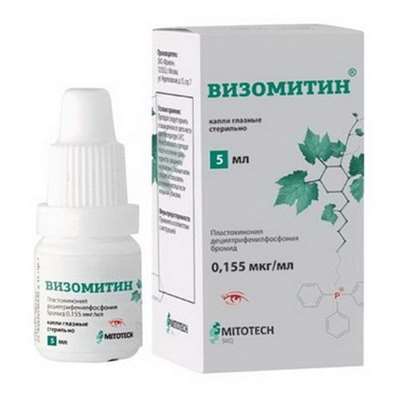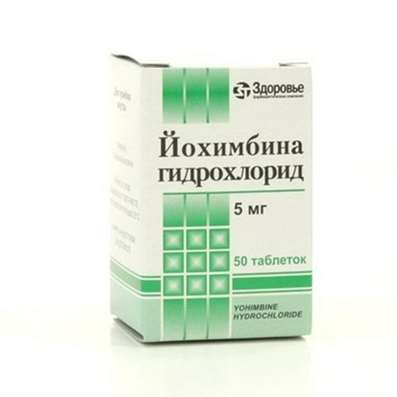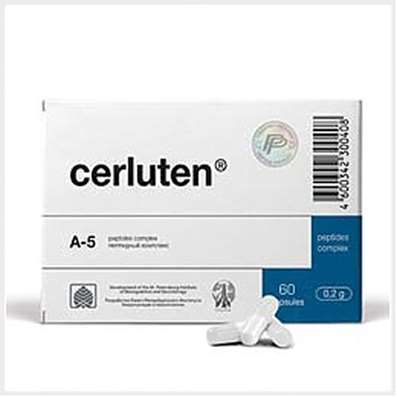Instruction for use: Latanoprost + Timolol
I want this, give me price
Latin name of the substance Latanoprost + Timolol
Latanoprostum + Thymololum (genus. Latanoprosti + Thymololi)
Pharmacological groups of substance Latanoprost + Timolol
Prostaglandins, thromboxanes, leukotrienes and their antagonists in combinations
Beta-blockers in combinations
Ophthalmic agents in combination
Nosological classification (ICD-10)
H40.0 Glaucoma suspected: Severe elevation of intraocular pressure; Hypertension of the eye; Eye hypertension; Measurement of intraocular pressure; Ophthalmic Hypertension; Increased IOP; Increased intraocular pressure; Increased intraocular pressure in infectious diseases of the eyes; Increased intraocular pressure; Increased ophthalmotonus; Spontaneous blockade of the angle of the opposite eye; Narrow chamber angle; Iatrogenic blockade of the angle of the opposite eye
H40.1 Primary open angle glaucoma: Open-angle glaucoma; Open angle glaucoma; Primary glaucoma; Pseudoexfoliation glaucoma; Increased IOP
Pharmacology
Pharmacological action - antiglaucoma.
Latanoprost, an analogue of PGF2alph, is a selective agonist of PGF receptors. Reduces intraocular pressure due to increased outflow of watery moisture, mainly uveoscleral. Has no significant effect on the production of aqueous humor and does not affect the hemato-ophthalmic barrier.
Timolol is a non-selective beta-adrenergic receptor blocker without sympathomimetic activity. With topical application lowers the intraocular pressure by reducing the formation of watery moisture and a slight increase in its outflow. The effect of the drug occurs within 1 hour after application, the maximum effect is observed within 6-8 hours. It is well absorbed through the retina of the eye and can cause systemic effects characteristic of beta-blockers.
Application of the substance Latanoprost
Open angle glaucoma, intraocular hypertension.
Contraindications
Hypersensitivity, severe chronic obstructive pulmonary disease (including asthma history), sinus bradycardia, AV-block II-III art., Asthma, chronic heart failure II-III art., Cardiogenic shock, pregnancy, lactation.
Restrictions on the use
Sinoatrial block, hypotension, atrophic rhinitis, respiratory failure, severe cerebrovascular disease, diabetes, hypoglycemia, hyperthyroidism, myasthenia gravis, concurrent administration of other beta-blockers, children's age (not recommended for use in children as efficacy and safety set ), Especially the neonatal period (for forms containing benzalkonium chloride as a preservative). Neovascular, Congenital pigmentary glaucoma, open-angle glaucoma with pseudophakia, angle-closure glaucoma, aphakia, psevdofakiya damage posterior lens capsule (or patients with known risk factors for macular edema).
Application in pregnancy and breastfeeding
The drug should not be administered during pregnancy (safety of use in pregnant women is not confirmed). There is a potential danger of adverse effects on the course of pregnancy, on the fetus and on the newborn. The drug should not be given to breastfeeding women, or breastfeeding should be abandoned (timolol, latanoprost and its metabolites can penetrate into the mother's milk).
Side effects of Latanoprost + Timolol
Increased pigmentation of the iris (16-20% of patients who received therapy for up to 1 year); Darkening, thickening and lengthening of eyelashes (37.4%); Burning and itching (12.4%), eye hyperemia (7.4%), conjunctivitis (3.0%), blepharitis (2.5%), pain in the eyes (2.3%), headache (2 , 3%); Macular edema (mainly in patients with aphakia, pseudophakia, damage to the posterior capsule of the lens or in patients with known risk factors for developing macular edema); Foreign body sensation, edema and point erosion of the corneal epithelium, iritis / uveitis, darkening of the skin of the eyelids; symptoms are irritating to the eyes, keratitis, decreased corneal sensitivity, sensation of dryness in the eyes, visual disturbances, including refractive error, diplopia, ptosis, choroidal detachment itself (after surgery fistuliziruyuschego types), ringing in the ears; Allergic reactions (angioedema, hives, skin rash).
Interaction
In an application with CCBs, PM, reducing the activity of catecholamines, beta-blockers, antiarrhythmic drugs (including amiodarone and quinidine), cardiac glycosides of digitalis group, holinomimetikami, narcotic analgesics and MAO inhibitors may enhance the hypotensive action and / or the development of severe bradycardia.
Overdose
Symptoms: due to latanoprost - eye irritation and conjunctival hyperemia; Caused by timolol - bradycardia, decreased blood pressure, bronchospasm and cardiac arrest.
Treatment: immediately flush eyes with water or 0.9% sodium chloride solution, symptomatic and maintenance therapy. Hemodialysis is ineffective.
Routes of administration
Locally.
Precautions for substances Latanoprost + Timolol
The most frequent increase in pigmentation of the iris was observed in patients with green-brown, yellow-brown and blue-gray-brown iris. In patients with uniformly blue, gray, green or brown eyes, such changes were detected only in rare cases. Usually, brown pigmentation, located around the pupil, spreads concentrically to the periphery of the affected eyes, and the entire iris or parts of it can acquire a more intense brown color. Changes in the color of the iris develop slowly and can remain invisible for several months and even years. The color change is not accompanied by any clinical symptoms or pathological changes. After the drug has been withdrawn, there is no further increase in the amount of brown pigment, but the already developed color change may become permanent. Until the results of long-term studies are obtained, patients with a mixed color of the iris are recommended to prescribe this drug only if other drugs that reduce intraocular pressure, they are not effective enough, or poorly tolerated. Patients should undergo regular examinations and, depending on the clinical situation, if there is an increase in the pigmentation of the iris, the treatment may be discontinued. Before starting treatment, patients should be informed about the possibility of changing eye color. Treatment of only one eye can lead to permanent heterochromia.
During the period of treatment, care must be taken when driving vehicles and practicing potentially dangerous activities requiring increased concentration of attention and speed of psychomotor reactions (instillation of eye drops can cause a transient sensation of "swaddling in front of the eyes" for several minutes). Before dropping eye drops contact lenses should be removed, and then they can be inserted again after 15 minutes (the preparation contains benzalkonium chloride, which can be adsorbed on contact lenses). If one dose was missed, then in the future it is necessary to continue treatment, introducing the next dose as usual. If a patient is assigned more than one preparation for topical administration for an ophthalmic disease, then these drugs should be administered at intervals of not less than 5 minutes. If patients with atopic diseases or with indications of severe anaphylactic reactions to various allergens in a history receive beta-blockers, then they may have increased reactivity to repeated provocation by these allergens, both unintentional, and diagnostic or therapeutic. Such patients may not respond to the usual doses of epinephrine used in the treatment of anaphylactic reactions. Beta-adrenoblockers can mask the symptoms of acute hypoglycemia and hyperthyroidism, and with a sharp reversal of therapy, there may be a rapid deterioration. When therapy with beta-blockers may worsen the condition of patients with severe myasthenia gravis - myastenia gravis. Simultaneous use of topical other beta-blockers or preparations of prostaglandins is not recommended.

 Cart
Cart





